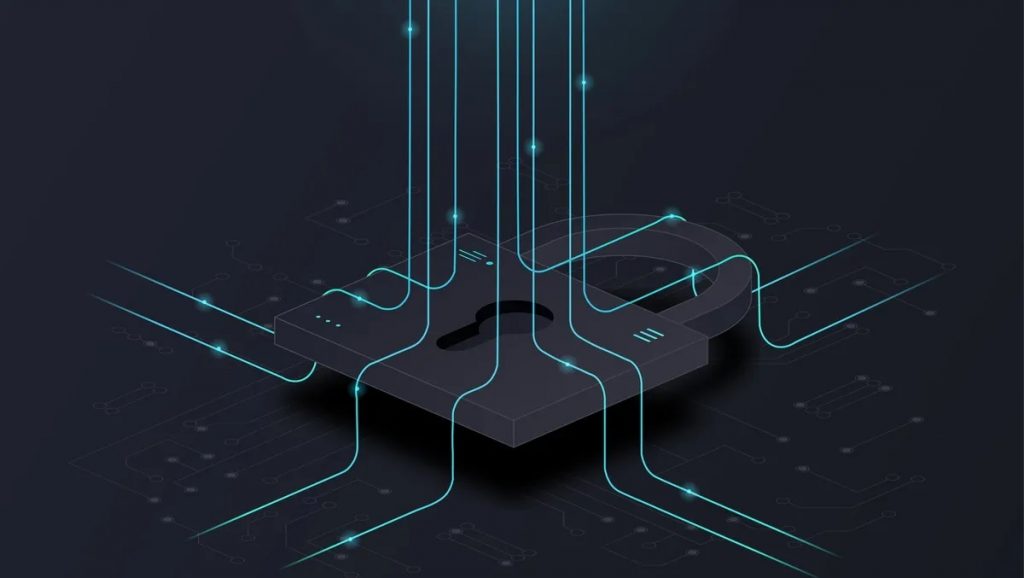Navigating the Complexities of Network Security With Gigamon’s Michael Dickman

Written by: Khairul Haqeem, Journalist, AOPG
Networks are the backbone of any effective cybersecurity strategy. Yet when more complex and advanced attacks emerge, keeping the network secure might seem like a gargantuan task.

To shed light on this issue, CSA spoke to Michael Dickman, the Chief Product Officer of Gigamon, a major provider of network visibility and analytics solutions. Gigamon has caught the eye of both corporations and investors thanks to its innovative nature and state-of-the-art technology.
We learned some unexpected details about network security when we discussed them with Dickman. He concurred that the sheer complexity of modern networks is one of the greatest obstacles confronting businesses today. It is growing increasingly challenging to monitor and safeguard the whole infrastructure as more and more devices and apps connect to the network.
Dickman said that the network’s visibility and analytics platform is the key to overcoming this obstacle. Organisations may defend themselves against such dangers by monitoring network traffic in real-time.
This method may help but it won’t be enough to fully secure a network. The need for security vendor cooperation and knowledge sharing was stressed by Dickman.
Ultimately, “we’re all in this together,” as Dickman put it. “There is no one company that can give all you need. Our ability to adapt and succeed in the face of dangers depends on our ability to collaborate and exchange knowledge.”
As we talked, it became evident that resolving the network security issue is a human as well as a technological one. Dickman emphasised the necessity for a culture of security inside firms and the need of teaching workers about recommended practices for network security.
The Art of Decryption
Data decryption, as described by Dickman, is a crucial component of network security. Yet there are difficulties along the way.
One of the main problems with decryption, according to Dickman, is that it requires a lot of resources. “Real-time decryption of large amounts of data can significantly impact network performance.”

Companies like Gigamon have created a solution to this problem by optimising the decryption process with a mixture of hardware and software. This system enables instantaneous traffic decryption for enterprises without impacting network throughput.
However, there is more to the decryption technique than merely deciphering information. Deciphering also entails inspecting the information for dangers after it has been unlocked.
After decrypting the information, “you need to be able to effectively examine it,” adds Dickman. “This is where aids in visibility come in. Via them, you may monitor your network’s activity and spot any suspicious activity or threats.”
The visibility solutions from Gigamon utilise a cutting-edge “deep observability pipeline” that brings actionable network intelligence for analytics including machine-learning to detect and prioritise security risks. Too many companies rely on logs alone, and miss observing real-time data communications which is where lateral threat movement is best detected. With this method, firms lessen the likelihood of a cyber attack in a Zero Trust framework, with defense-in-depth.
Net Worth: Understanding the Value of Network Analytics
As we learn more about network security from Michael Dickman, it becomes evident that the importance of network analytics just can’t be understated. Defending against intruders is only part of the picture, as Dickman expresses it. To increase performance and pinpoint problem areas, “it’s also about understanding what’s occurring inside your network.”
Network analytics is a vital resource in today’s data-driven economy, regardless of a company’s size. Companies may make better judgements regarding resource allocation and process enhancement with accurate data at their disposal. The dilemma of how to quantify the benefits of network analytics persists, though.
Dickman argues that knowing what kinds of data may be collected and processed is the key to finding an answer. “There’s raw data, which is just the bits and bytes that go over your network,” he explains. Metadata, on the other hand, “gives context surrounding the data”, including its source, destination, and kind of traffic.

Businesses may get a broader view of what’s going on in their networks if they examine both the raw data and the information associated with it. They are able to spot regularities, unusual occurrences, and problem spots. As a result, productivity rises, the quality of decision-making improves, and financial gains are realised.
Nevertheless, the benefits of network analytics extend well beyond merely enhancing productivity. Furthermore, it has the potential to serve an essential function in terms of safety. Businesses can quickly respond to any security issues that may arise by monitoring network traffic.
Indeed, there are certain obstacles on the road to efficient network analytics. Businesses now need to invest in the necessary tools and talent to make sense of the massive amounts of data flowing through today’s networks. The benefits, however, are substantial, as Dickman emphasises.
He explains that using network analytics will improve decision-making throughout the company. “Using the depth of network intelligence for observability has a major impact on cybersecurity, providing insight that is both deeper and more reliable than logs alone. Anyone with hybrid cloud infrastructure, anyone worried about lateral movement with advanced persistent threats, anyone on a Zero Trust journey, should explore this capability.”




